The company which is obsessed with camera movements has developed Wave, which is a high-speed compact camera that is capable of shooting 4K at 420 FPS without any recording limitations. Read more about this cool technological achievement and what it might be doing to the ultra-high-speed camera market.
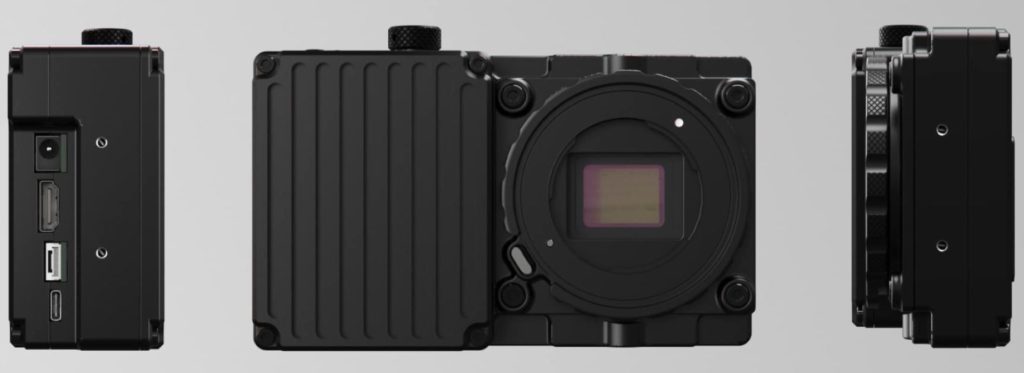
Freefly Wave: A Compact High-Speed Cinema Camera
Freefly states that: “We designed Wave to be the most efficient high-speed camera. It’s small, light, and insanely fast.” Well, it will be interesting to analyze the cause of developing Wave by a company that is focused on camera movement inventions. One logical connection would be the facilitation of utilization of high-speed cameras by drones and dynamic gimbals, to enhance dynamic slow-motion cinematic shots. The Wave will not probably replace the High-Speed Phantom, due to its limited frame rate. However, it’s far more affordable than one of those $80,000 Vision Research beasts. The maximum frame rate of the Wave in 4K (17:9) is 422fps and in 2K (17:9) is 1461fps. 2K uses subsampling, which preserves the crop factor of the Image Sensor but does not increase its light sensitivity. Other aspect ratios (from 4:3 to 16:1) are available with different maximum frame rates up to 9259fps (2048 x 128). However, Wave has its own significant advantages. Scroll below to find out.
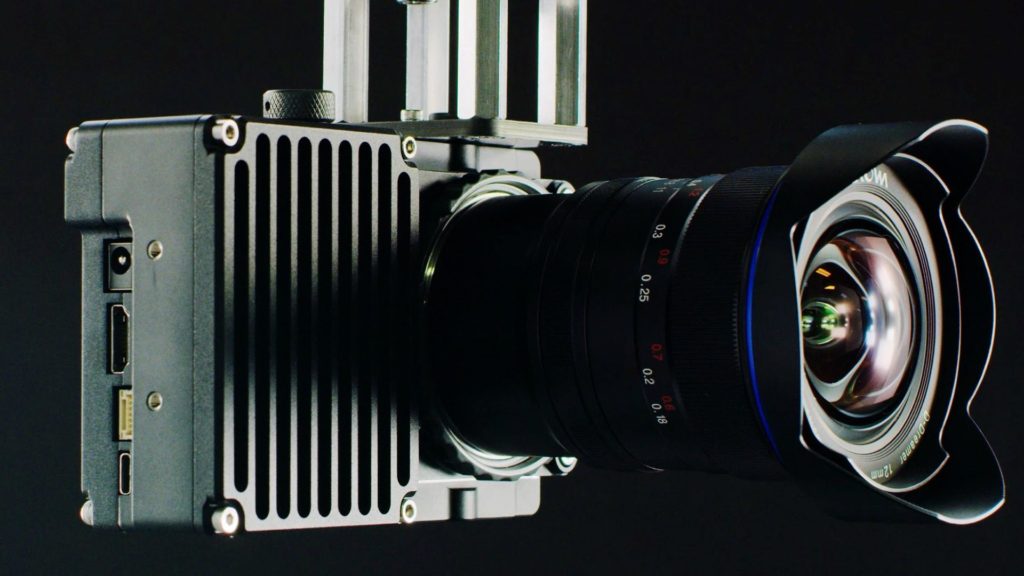
We designed Wave to be the most efficient high-speed camera. It’s small, light, and insanely fast.
Freefly System
Unlimited high-speed recording time
Wave records continuously to its internal SSD at all frame rates. This means it operates as a normal video camera: press the Record Button once to start recording and again to stop. The clip is immediately saved in SSD flash memory. There is no RAM buffer or trigger setup required, and the length of the clip is limited only by the SSD capacity. All recording is non-volatile (power-down safe). That seems to be a tremendous privilege as for those of you who shoot high-speed, the limited recording time due to the buffering process, constitutes an annoying factor.

Brain with E-mount to Keep it simple
Wave uses a passive, locking E-mount. There is no electrical connection to the lens, so lenses with electronic focus or iris control are not supported. Likewise, there is no autofocus. Wave is intended for use with manual lenses that cover a Super 35 sensor. Faster lenses (with lower wide-open f-number or T-stop) are preferable for shooting at high frame rates, where light is at a premium. Also, an external monitor capable of receiving a 1080p30 HDMI signal is required to view the preview image and interact with camera menus. On-camera external monitors typically also have useful tools such as histograms, waveforms, and focus assist. Furthermore, App camera control is planned. (The camera includes WiFi and Bluetooth). Also, since it’s primarily a high-speed video camera, audio processing wasn’t included, which means the camera can’t record audio.
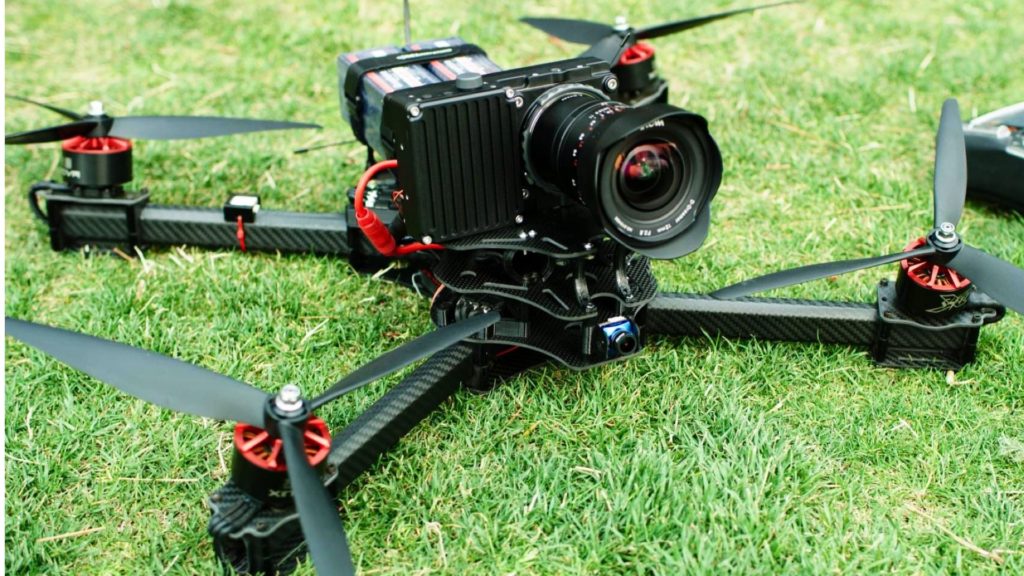
Sensor: Global shutter with 11 stops of DR
Wave uses a Super 35 color image sensor with 5.5μm pixels and a native resolution of 4096 x 3072 (4:3). The native ISO is 250 and the native dynamic range is 10-11 stops. It utilizes a global electronic shutter with shutter speeds ranging from 1s to 1s/66000. Freefly emphasizes that this sensor is first and foremost about speed: it produces pixel data at up to 37.75Gb/s. It is not designed as an HDR sensor or a low-light sensor, although HDR modes that extend the dynamic range by 2-3 stops at lower frame rates may be added. Review the sample footage available to make sure it will work for your application.
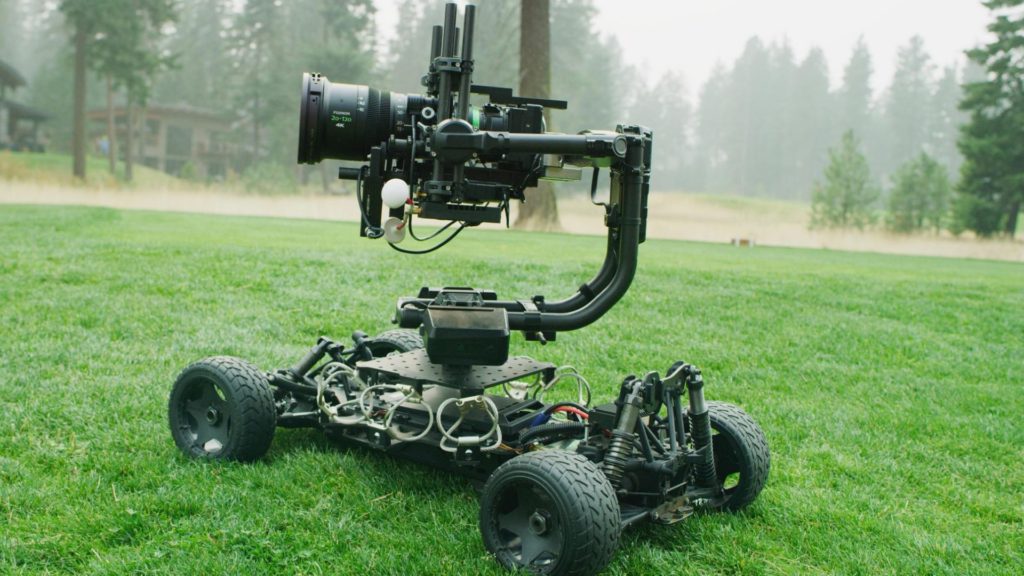
Compressed Bayer RAW
Clips are recorded internally in a native file format optimized for speed. This format is compressed Bayer RAW with a typical compression ratio of 5:1 to 6:1. The bit-depth is 10-bit which is not bad, and the bit-rate (maximum) is 1.00GB/s (8.00Gb/s). The camera files can’t (yet) be opened directly by other editing tools. WaveViewer is the PC software used to view native Wave clips, trim them, apply basic image adjustments, and export them to other formats. Export formats include Cineform, H.264, and PNG/JPEG sequences.
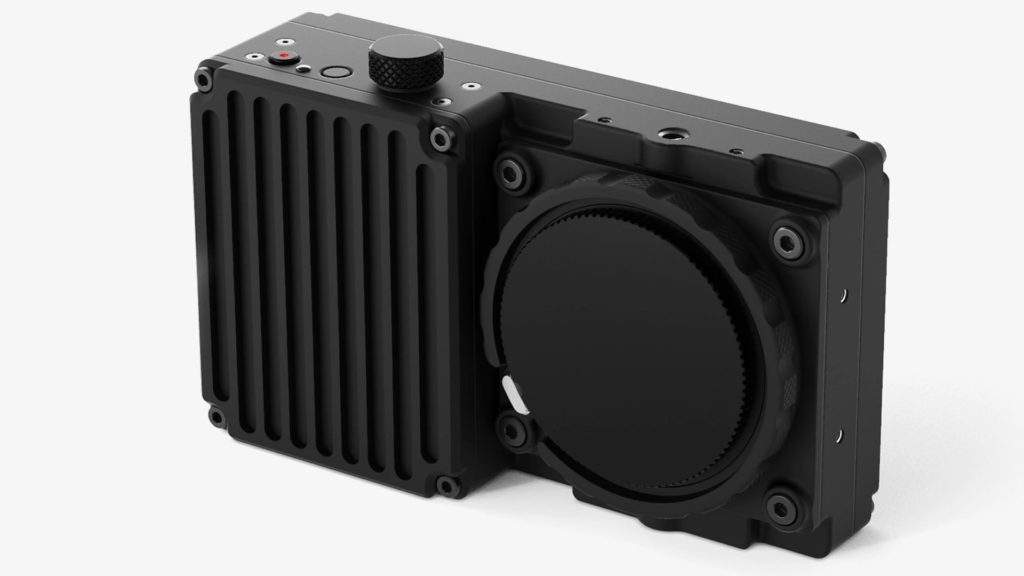
Not a sexy product
Price and availability
The price of the Wave starts from $9,995. The camera can be preordered from the Freefly website.
Initial thoughts
Wave is supposed to be utilized as a compact, lightweight (716g) and efficient high-speed camera to get the job done, mainly by being rigged out to a drone or a vehicle as a crash-cam. This is not a sexy product. It is black and dull. But this is how it’s supposed to be. Wave it’s not the first high-speed compact camera. We’ve reported here over a year ago about the Chronos 2.1-HD that is capable of shooting 1000 FPS in full-HD (read: Meet the Chronos 2.1-HD: An Affordable Ultra-High-Speed (1000 FPS) Camera). Although 1080P is not 4K, the price is half than Wave. Nevertheless, Wave bears the name of Freefly which owns some decent credibility. Thus, Wave can be the best option, for now, to get your extreme slow-motion shots like never before.
What are your thoughts about the Wave? Would you use it on your drone to get those ultra-slow motion shots? let’s know in the comments section below.

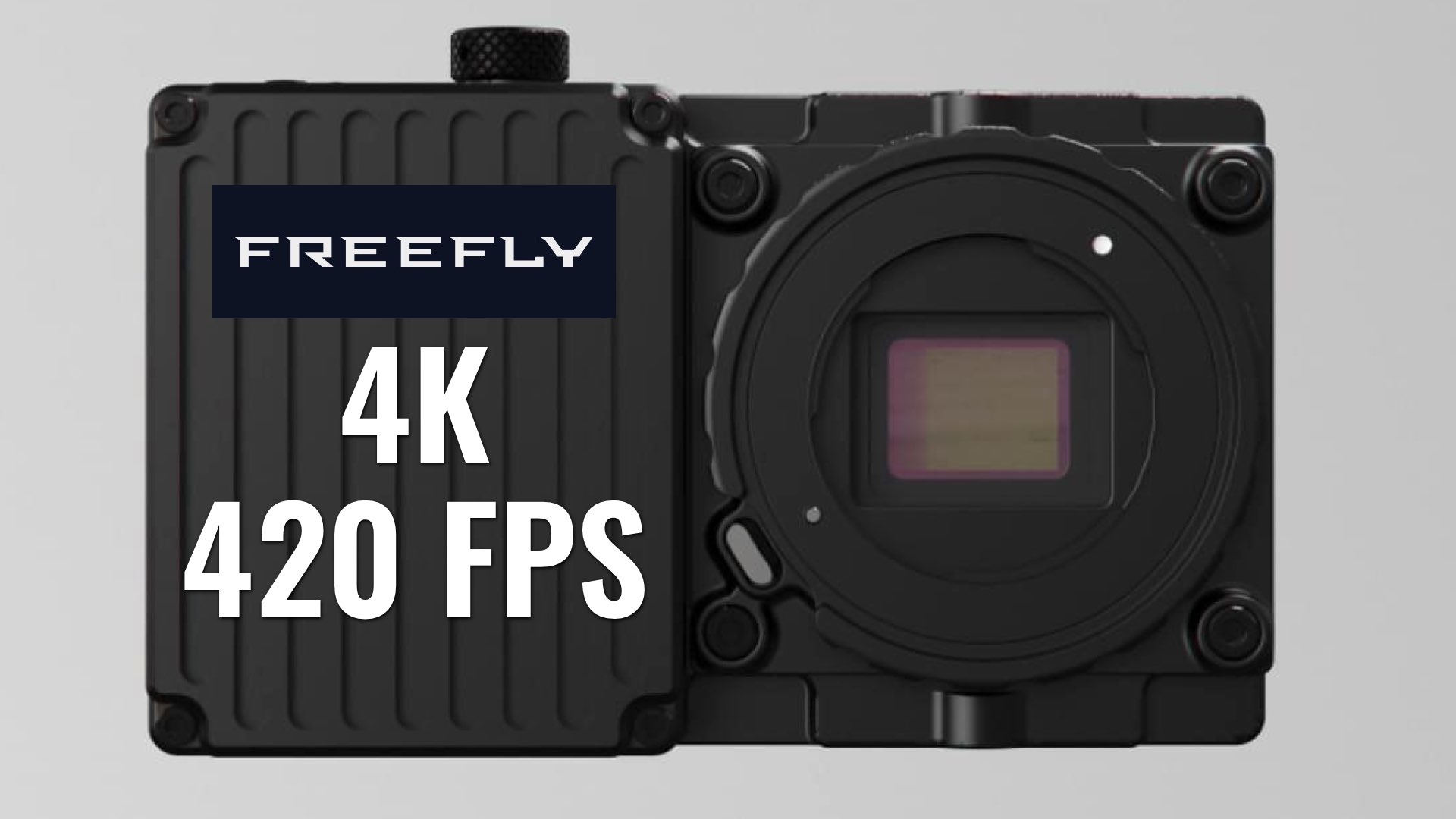
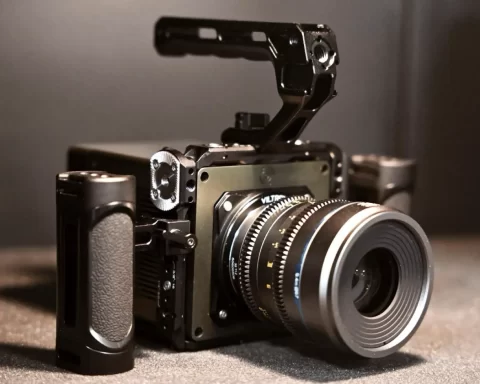
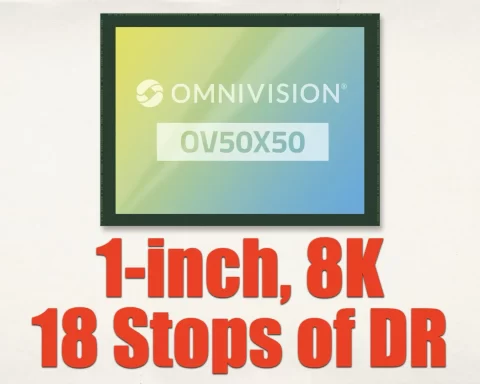
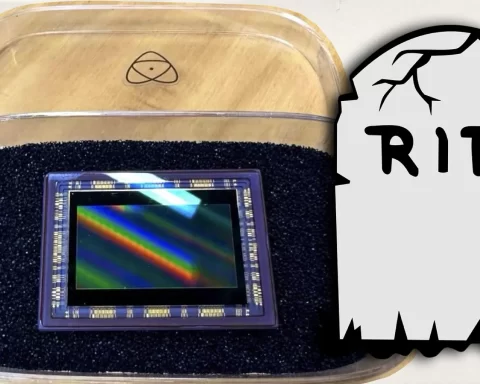
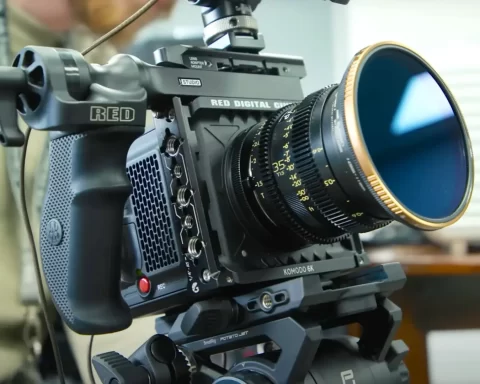
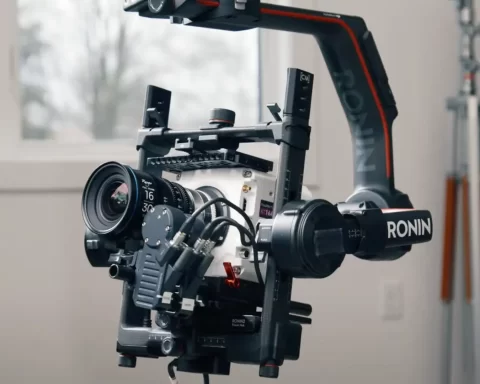
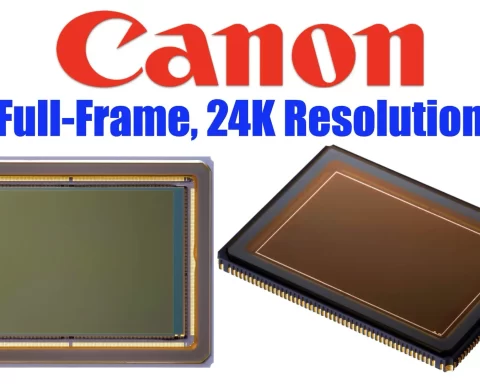


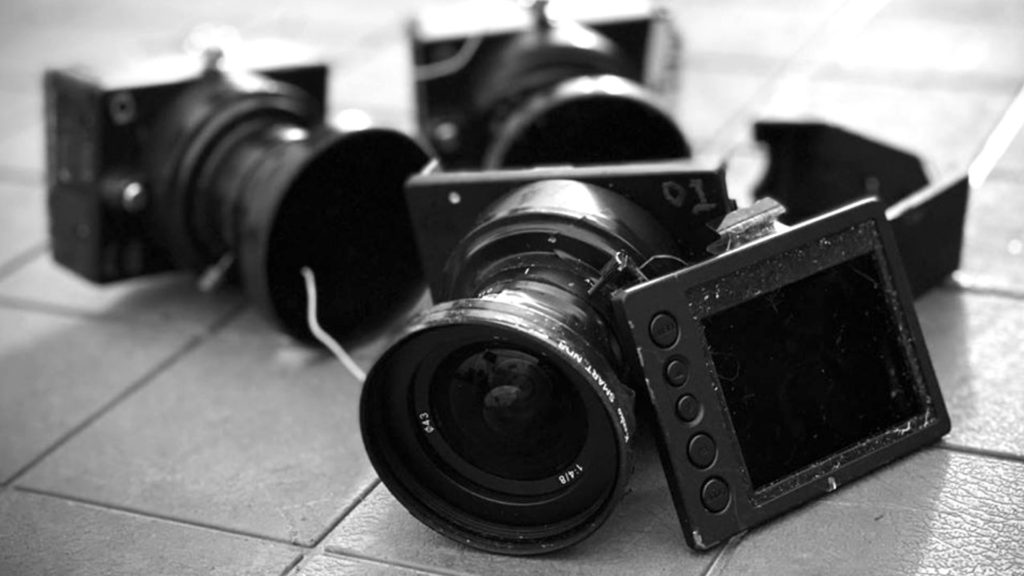
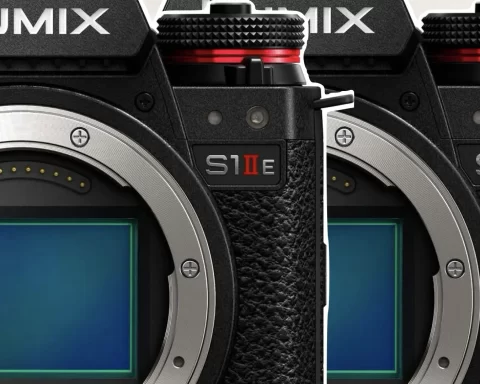



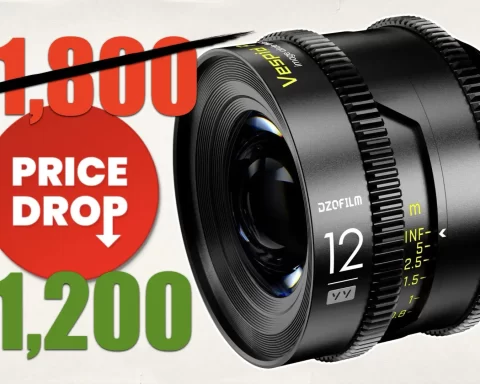
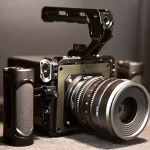

This is a great idea. I feel like they are shooting themselves in the foot by not adding a couple on speed abilities like scratch audio.
But I love the global shutter and if this wasn’t 2020 I would have already put in a pre-order.